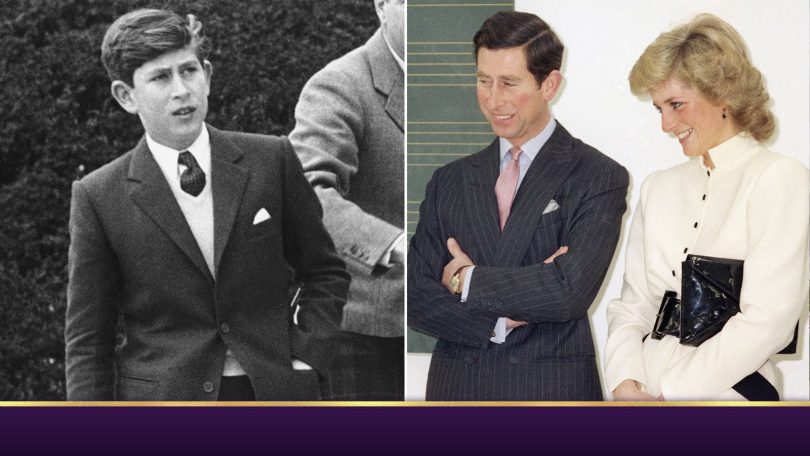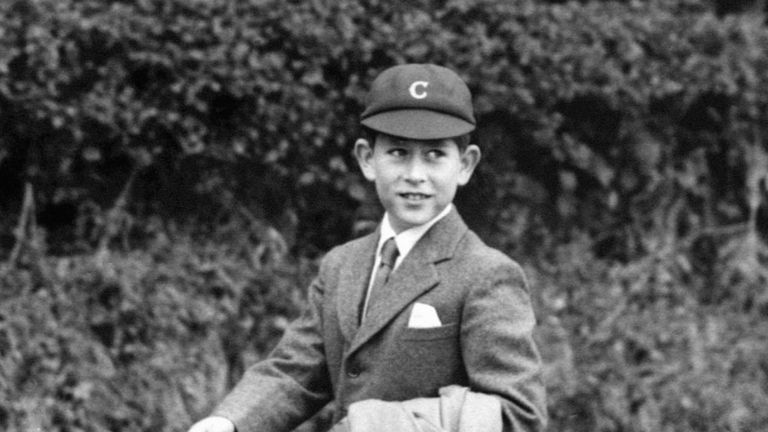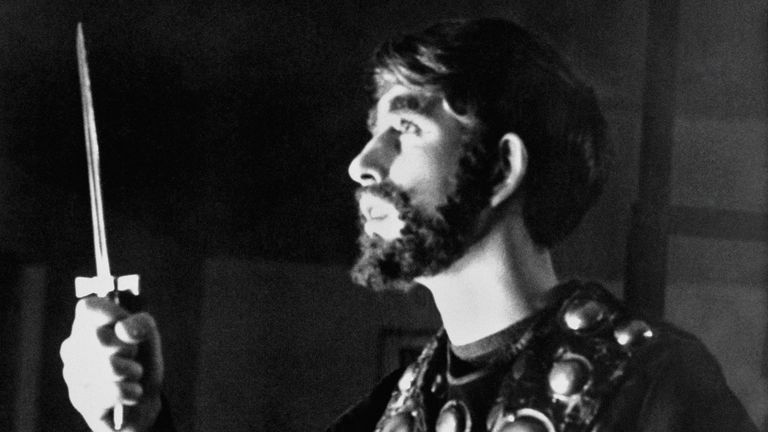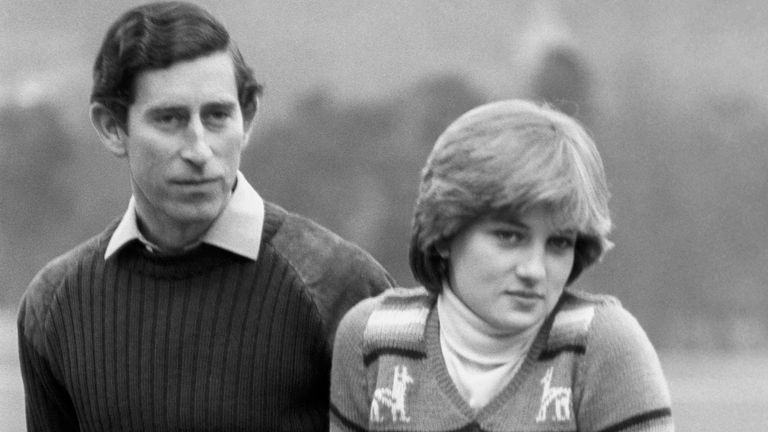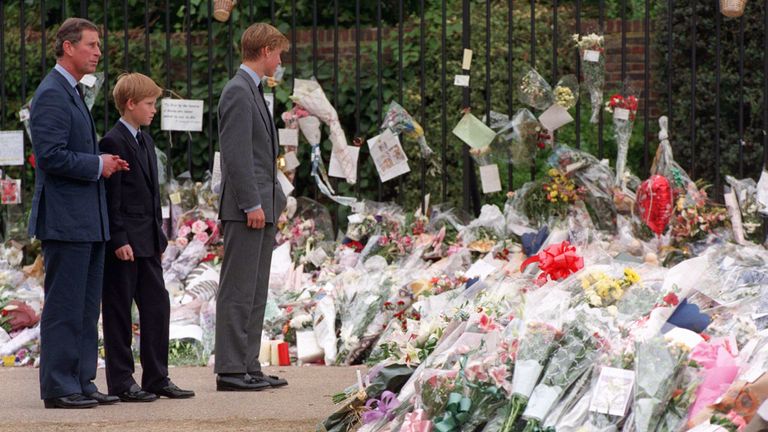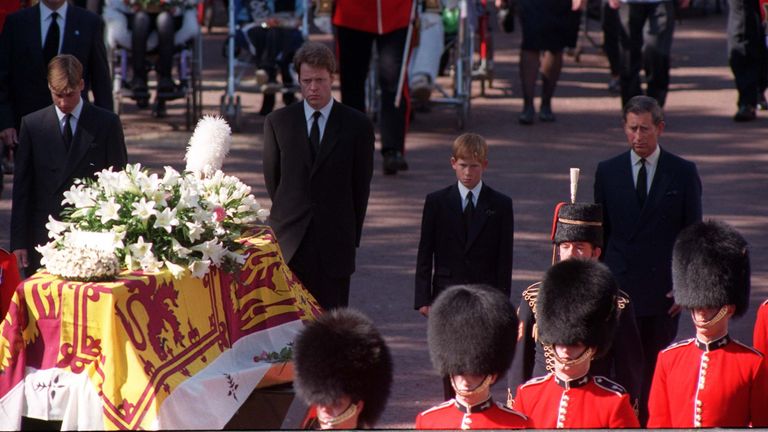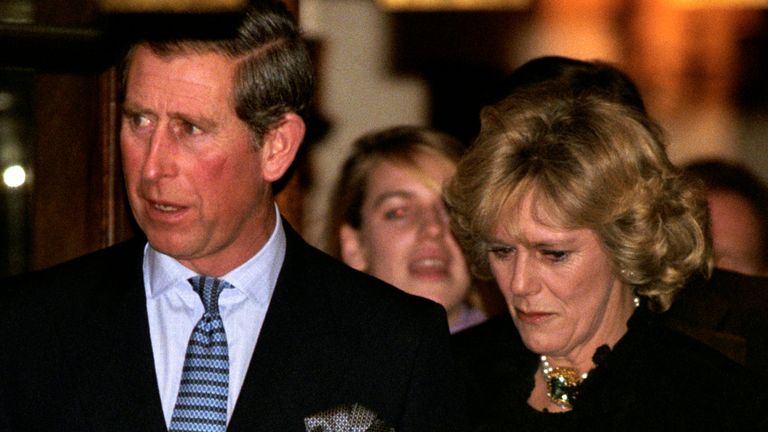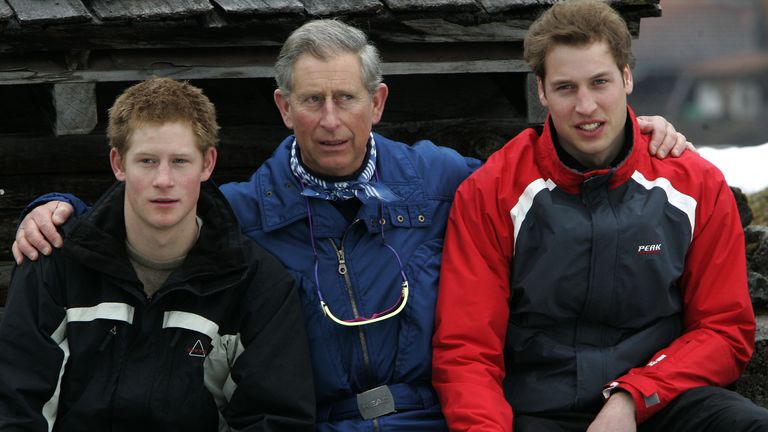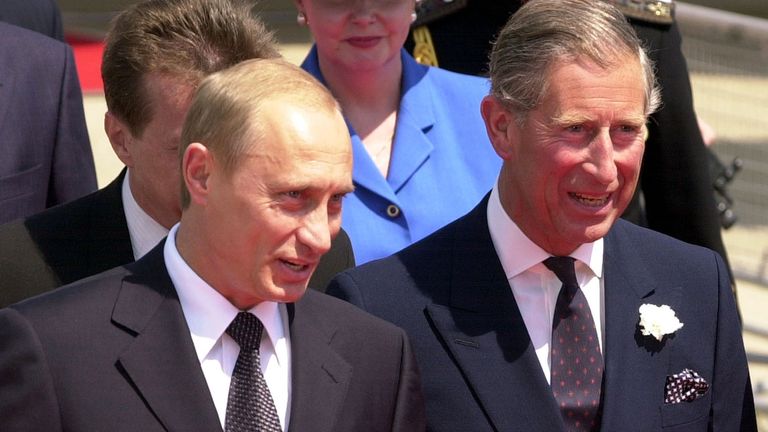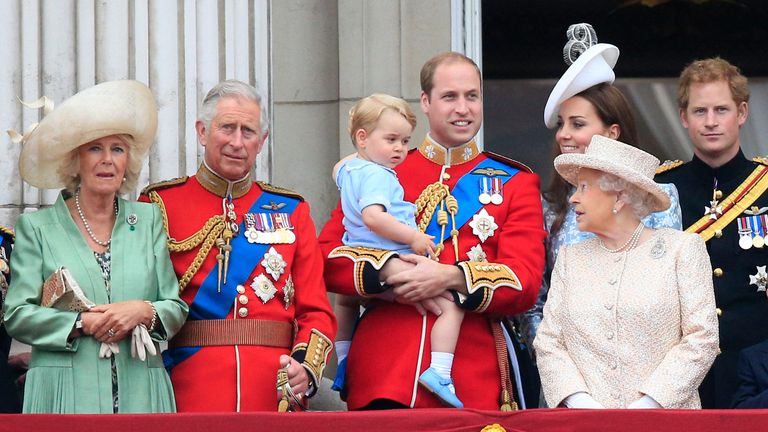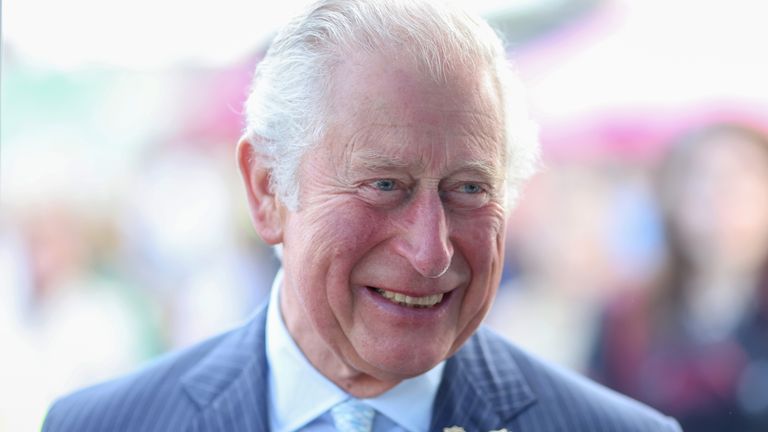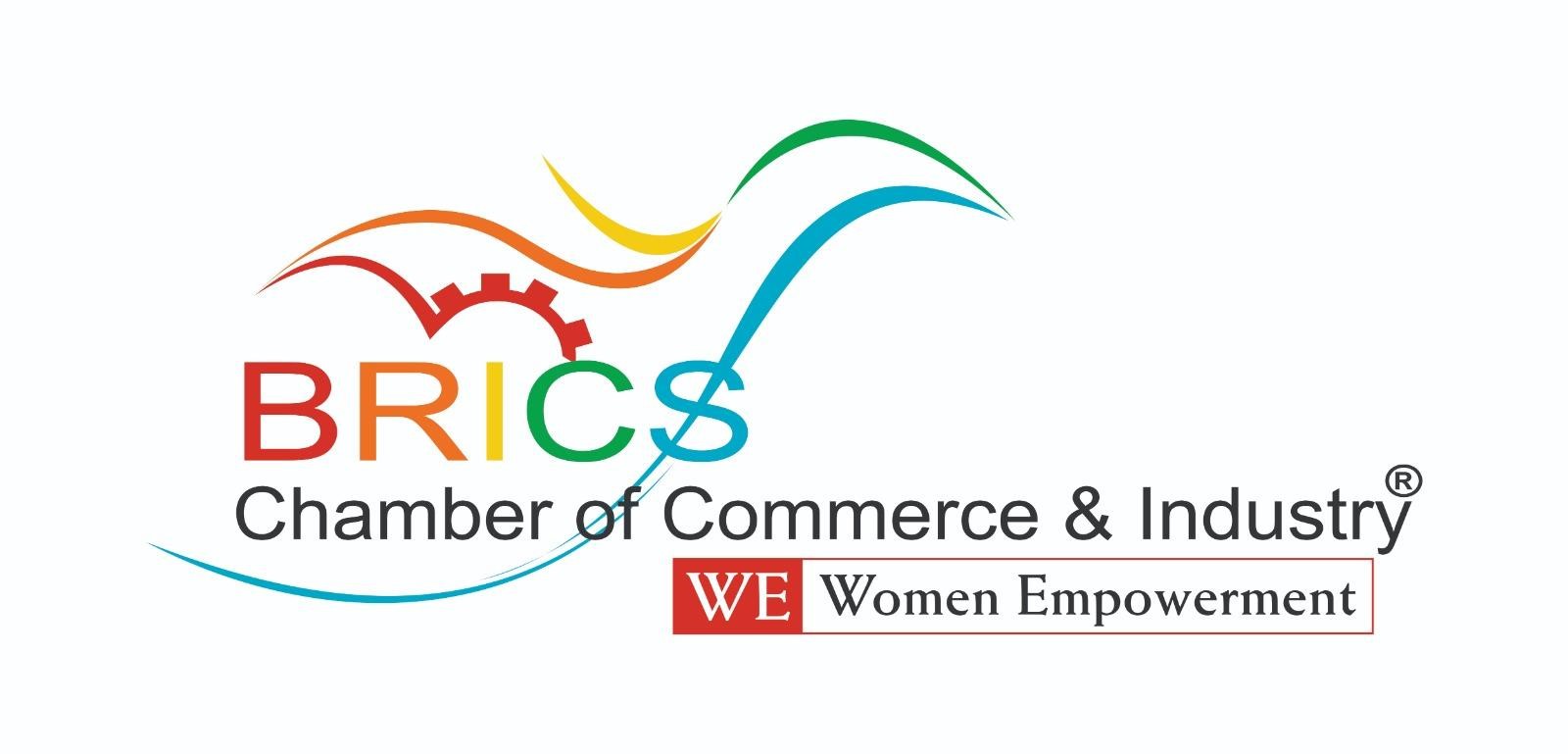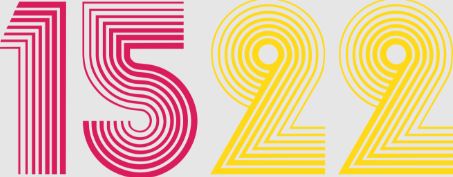[ad_1]
Charles spent seven decades as first in line to the throne – the longest-serving heir apparent in British history.
Now, he has finally become king following the death of his mother, Queen Elizabeth II.
“His entire life has been gearing him for this role,” royal commentator Christopher Warwick tells Sky News.
“What he has to avoid, as the Queen has done wonderfully well, is controversy.
“He can’t be seen as a politically meddlesome head of state – that’s the road to disaster.”
A passionate environmentalist, Charles has promised not to meddle in issues he feels strongly about as king, having been outspoken on a range of topics in the past – from climate change and alternative medicine to the media.
Here, Sky News tells the story of Britain’s new monarch and looks at the events in his life that will shape his reign.
Childhood and breaking royal tradition
Charles was born in Buckingham Palace on 14 November 1948, weighing 7lb and 6oz, during the reign of his grandfather George VI.
A proclamation was posted on the palace railings just before midnight announcing Princess Elizabeth had given birth to a son named Charles Philip Arthur George.
His father, the Duke of Edinburgh, was not present for the birth, reportedly opting instead to play squash with a friend.
Aged three, Charles became heir apparent following the death of George VI.
He attended his mother’s coronation in Westminster Abbey, sitting between his widowed grandmother, the Queen Mother, and his aunt Princess Margaret.
In contrast to previous heirs to the throne who were taught by private tutors, the Queen and Prince Philip decided their eldest son should go to school – but there were difficult times ahead for the young royal.
‘It’s absolute hell’
Charles reportedly described Gordonstoun boarding school in Moray, Scotland, as “Colditz in kilts”, alluding to the prisoner-of-war camp Colditz Castle, after he was mercilessly bullied there.
The young prince is said to have written home to the Queen, saying: “I hardly get any sleep in the house because I snore and I get hit on the head all the time. It’s absolute hell.”
Charles showed off his drama skills at the school as he played the lead in a production of Shakespeare’s Macbeth, and he was made head boy in his final year.
He passed six O-levels before taking his A-levels, achieving a B in history and a C in French.
Charles broke royal tradition when he went straight to university after his A-levels rather than joining the armed forces.
He studied archaeology and anthropology in his first year at Cambridge, before switching to history for the remainder of his degree.
Having played several instruments at school including the piano and trumpet, Charles performed the cello in a symphony concert while at university.
In 1969, Charles formally received the title most closely linked to him, the Prince of Wales, having spent a term at university in Aberystwyth where he learnt to speak Welsh.
He became the first heir to the throne to earn a university degree when he was awarded a 2:2 from Cambridge in 1970.
Military career and following in Prince Philip’s footsteps
After training with the RAF, Charles followed in his father’s footsteps by embarking on a naval career.
The prince underwent a six-week course in Dartmouth before serving on the guided missile destroyer HMS Norfolk and two frigates.
He qualified as a helicopter pilot and was the first member of the Royal Family to complete the Parachute Regiment’s training course.
For his last nine months in the navy, the prince took command of the coastal minehunter HMS Bronington.
‘Whatever in love means’: Diana romance and royal wedding
In his youth, Charles was romantically linked to a number of women and was once dubbed “the world’s most eligible bachelor”.
His great-uncle, Lord Mountbatten, was said to have advised him: “In a case like yours, the man should sow his wild oats and have as many affairs as he can before settling down.”
The prince was 21 when he first met Camilla Parker Bowles (then known as Camilla Shand) at a polo match in Windsor.
However, his decision to enter the Royal Navy the following year scuppered their developing relationship and she married Major Andrew Parker Bowles, a friend of Charles, in 1973.
Charles first met a shy, 16-year-old Lady Diana Spencer in 1977. At the time, the 29-year-old prince was reportedly dating her older sister Sarah.
“I remember thinking what a very jolly and amusing and attractive 16-year-old she was,” Charles later said of Diana.
“I mean, great fun, and bouncy and full of life and everything.”
It was not for another three years that their romance began and quickly developed as Charles popped the question in February 1981.
Asked if they were “in love” during a TV interview following news of their engagement, Diana replied: “Of course,” before Charles famously responded with: “Whatever in love means.”
The princess later said she was “absolutely traumatised” by his answer.
The couple tied the knot in a lavish ceremony at Westminster Abbey on 29 July 1981 – an event watched by an estimated 750 million people around the world.
‘There were three of us in this marriage’: Camilla affair and split from Diana
Charles and Diana welcomed their first child, William, in June 1982, followed by their second child, Harry, who was born in September 1984.
He set a precedent by being the first royal father to be present at his children’s births.
But troubles in the couple’s marriage soon became evident.
Diana knew Charles and Camilla were having an affair, famously telling a 1995 Panorama interview: “There were three of us in this marriage so it was a bit crowded.”
The princess said that by 1986, she was “deeply in love” with someone else – thought to be royal protection officer Barry Mannakee – and she later began a five-year affair with Major James Hewitt, who had been her riding instructor.
There were long-standing rumours that Hewitt was Harry’s father – something Hewitt himself has denied.
In November 1992, the Prince and Princess of Wales visited South Korea on an official trip together, but they were branded “the Glums” by the tabloid press due to their unhappy appearances.
A month later, then prime minister John Major announced to parliament that Charles and Diana were separating.
The Princess of Wales later said she felt “deep, profound sadness” about their decision and they had “struggled to keep it going, but obviously we’d both run out of steam”.
Soon after their separation, a transcript of a passionate telephone conversation between Charles and Camilla – recorded in 1989 – was published, revealing intimate details of their relationship – with the scandal dubbed “Camillagate”.
Charles later said that he had been faithful to Diana until the marriage “became irretrievably broken down”.
The pair divorced in August 1996.
Death of Princess Diana
A year after her divorce to Charles, Diana died in a car crash in Paris along with her partner Dodi Fayed and driver Henri Paul.
Charles broke the news to William and Harry, then aged 15 and 12 respectively, and flew to Paris with Diana’s sisters to accompany her body back to Britain.
The Prince of Wales and the Royal Family faced criticism for remaining at their Balmoral estate in Scotland for a week after Diana’s death.
But Harry later said that his father “tried to do his best and to make sure that we were protected and looked after”, adding: “He was going through the same grieving process as well.”
At Diana’s funeral, Charles, William and Harry walked behind the coffin – along with Prince Philip and Diana’s brother Earl Spencer – as the procession made its way through London.
William later described the experience as “one of the hardest things I’ve ever done”, and Harry said no child “should be asked to do” what they did.
Camilla relationship and second marriage
Charles and Camilla – who divorced Andrew Parker Bowles in 1995 – were photographed as a couple for the first time at London’s Ritz Hotel in January 1999.
The occasion, a 50th birthday party for her sister Annabel Elliot, signalled that their long-running love affair was now “official”.
They became engaged in February 2005 when Charles presented Camilla with an engagement ring that had belonged to his mother.
The Queen and Duke of Edinburgh did not attend the civil marriage ceremony at Windsor’s Guildhall but were at the religious blessing at St George’s Chapel.
Camilla took on the title of Duchess of Cornwall following the marriage.
‘Black spider’ memos and other controversies
Charles’s often-tense relationship with the media was captured in an unguarded moment in 2005 during a photo call with his sons at a Swiss ski resort.
After BBC reporter Nicholas Witchell asked him about his forthcoming wedding to Camilla, Charles was heard muttering under his breath: “These bloody people. I can’t bear that man. I mean, he’s so awful, he really is.”
Meanwhile, the Guardian newspaper was involved in a 10-year legal battle to obtain letters that Charles had sent to government ministers.
The notes – known as the “black spider” memos because of the prince’s distinctive handwriting – revealed Charles demanded everything from urgent action to improve equipment for troops fighting in Iraq to the availability of alternative herbal medicines in the UK.
In 2014, Charles triggered a diplomatic row after he compared Russian President Vladimir Putin to the Nazi dictator Adolf Hitler.
During a trip to Canada, the prince told a Jewish woman who fled from Poland during World War Two that in Ukraine “Putin is doing just about the same as Hitler”.
There was more controversy in 2021 as Clarence House insisted Charles had “no knowledge” of an alleged offer from his former aide to help a Saudi businessman secure an honour.
Michael Fawcett quit as chief executive of the Prince’s Foundation following claims he offered to help Mahfouz Marei Mubarak bin Mahfouz secure an honorary CBE and British citizenship.
Mr Mahfouz was claimed to have donated large sums to restoration projects of particular interest to Charles, and he had received the CBE in late 2016.
Becoming a grandfather and taking on Queen’s duties
Before the birth of Prince George in 2013, Charles said the prospect of becoming a grandfather had spurred his environmental beliefs because he did not want to “hand on an increasingly dysfunctional world”.
He now has five grandchildren, George, Charlotte, Louis, Archie and Lilibet, along with five step-grandchildren through his marriage to Camilla.
In the Queen’s later life, Charles’s obvious affection for the monarch saw him refer to her as “mummy” during her 92nd birthday celebration at the Royal Albert Hall.
He also took on more of her duties, such as placing a wreath at the Cenotaph in London at the annual Remembrance Sunday ceremony.
Following the death of Prince Philip in 2021, Charles paid tribute to his “dear Papa” and praised his “remarkable, devoted service to the Queen”.
He led the procession at his father’s funeral and appeared tearful during the service, where he and Camilla sat opposite the Queen who mourned alone in order to comply with COVID rules.
Fallout with Harry
Charles’s deteriorating relationship with Prince Harry has been under the spotlight in recent years.
He walked Meghan down the aisle on her and Harry’s wedding day in 2018, but relations between Charles and his youngest son have since soured.
Harry singled out his father for criticism during the Duke and Duchess of Sussex’s bombshell interview with Oprah Winfrey after they quit their royal duties and moved to California.
Harry said he felt “really let down” by his father and claimed Charles had stopped taking his calls.
“I will always love him but there’s a lot of hurt that’s happened and I will continue to make it one of my priorities to try and heal that relationship,” Harry told Oprah.
Meghan alleged that an unnamed member of the Royal Family raised “concerns” about Archie’s skin colour before his birth – with an author later claiming it was Charles who had speculated about the complexion of his grandson.
This was vehemently denied by a palace source who said: “This is fiction and not worth further comment.”
Charles has not directly responded to Harry and Meghan’s remarks but a friend told the Mail on Sunday he was “deeply hurt”.
The environmental champion who talks to plants
Charles first spoke publicly about his concerns over pollution and plastics and their impact on the natural world in 1970.
He was mocked after admitting in 1986 that he talked to his plants and trees, saying: “I just come and talk to the plants, really – very important to talk to them. They respond.”
But he stood by his comments in 2013, saying he now preferred to “instruct” his plants.
Ahead of the COP26 summit in Glasgow in 2021, Charles revealed that he runs his Aston Martin on “surplus English white wine and whey from the cheese process”.
Charles does not eat lunch and his favourite tea is Darjeeling with honey and milk.
He made a cameo appearance on Coronation Street in 2000, and has presented a weather forecast on the BBC.
The Duke and Duchess of Cornwall also appeared in a comic book The Beano in 2013.
In 1975, Charles became a member of the Magic Circle – the society of stage magicians founded in London – after passing his audition with a “cup and balls” trick.
He is president or patron of more than 420 organisations and each year his charities raise more than £100m for good causes.
He started The Prince’s Trust in 1976 with his navy severance pay of £7,000. It has gone to help more than 875,000 disadvantaged young people into employment or business.
Will Charles be a popular king?
Royal commentator and biographer Christopher Warwick believes Charles will be a popular king who could reign for decades.
Mr Warwick told Sky News: “I think he is a brilliant bloke myself, but what he doesn’t have is the same kind of warmth and charisma that his mother has. That’s going to be a difficult act to follow.
“We’ve already seen what kind of man he is, we know where his interests lie, what organisations and bodies he supports, and we know what he champions.
“Whilst there is no reason to doubt any of that will change, with the responsibilities of monarchy, that’s going to put a whole different complexion on the rest of his life.
“He’s already had criticism in the past for sending his spidery handwritten letters to various politicians.
“I think he would know as monarch, he wouldn’t be in the position to have that kind of correspondence with ministers.
“On the whole, I think Charles is a popular man and will be a popular king.
“Given the longevity of his parents and his grandmother… he would still have a reign of about 20 years before William succeeds to the throne.”
[ad_2]
Source link


